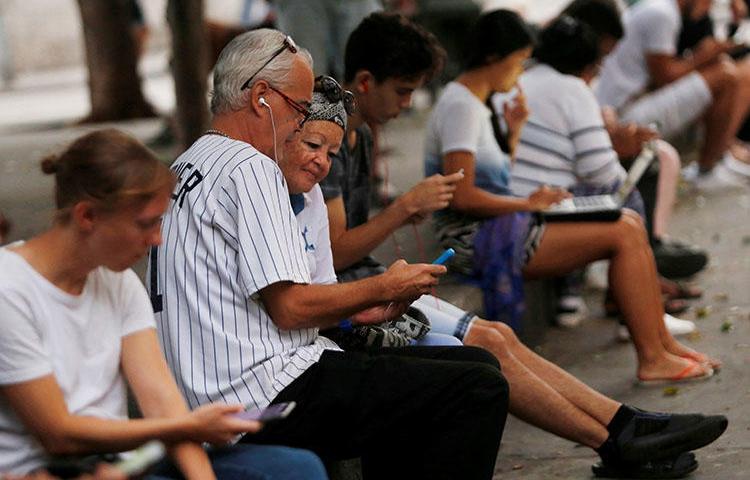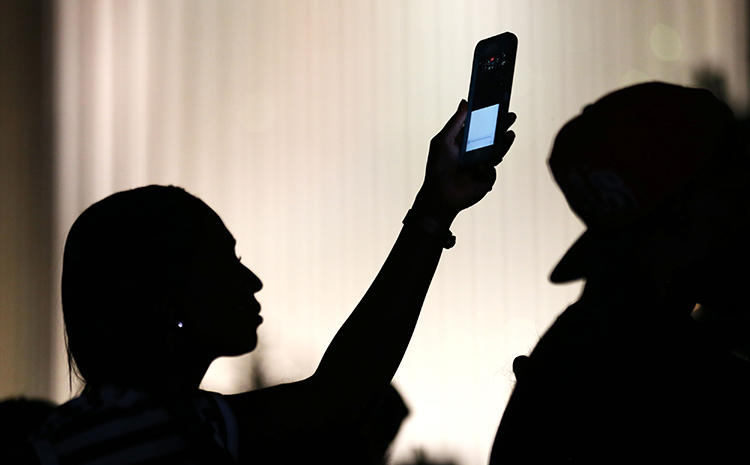
Why going solo is a risk for female reporters in the US and Canada
In June 2016, an attacker was terrorizing women on a jogging path in Edmonton, Canada. A video journalist at a large Canadian broadcaster was assigned to cover the story on the night shift. Multiple sexual assaults had been reported and the man was still at-large.

Why newsrooms need a solution to end online harassment of reporters
Stef Schrader was on vacation in Germany last year when spam messages started to flood her inbox. Seeing random emails from Macy’s—and job alerts for the position of “Chief Idiot”—she realized someone had signed her work email up to dozens of email lists.

CPJ, RCFP file lawsuit seeking documents in leak investigation
Yesterday, the Committee to Protect Journalists and the Reporters Committee for Freedom of the Press (RCFP) filed a lawsuit against the United States government seeking to obtain documents concerning steps taken by U.S. Customs and Border Protection (CBP) to investigate leakers and to identify journalists’ sources.
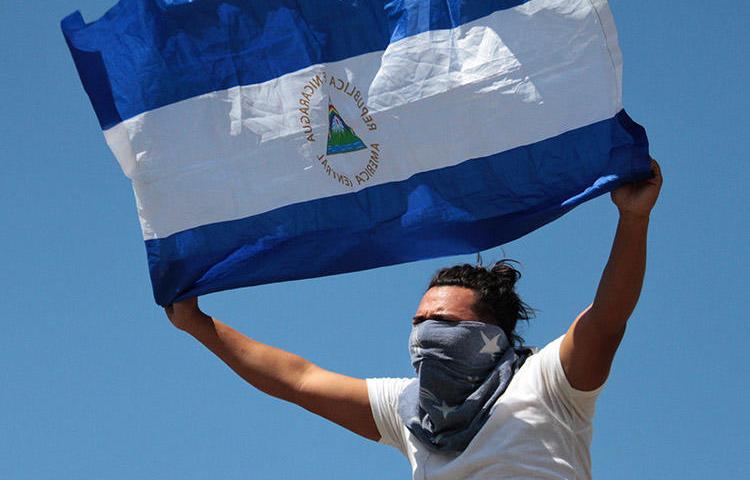
Nicaragua: A crackdown in four parts
When protests erupted in Nicaragua in April last year, it was clear from the beginning that the country’s media landscape would be a battleground. One day into the unrest, the government ordered cable providers to cut the signals of at least five TV channels. By the end of the year, CPJ had documented attacks, arrests,…
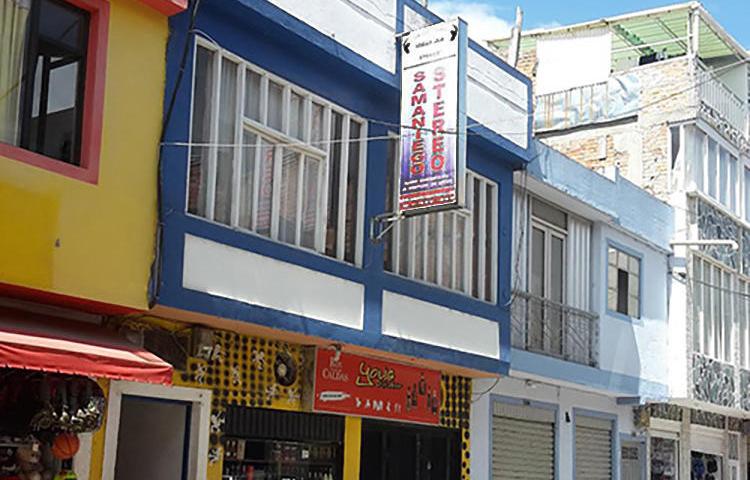
Killing of radio journalist highlights dangers for local reporters in Colombia’s border region
The otherwise Spartan studio of Samaniego Stereo is adorned by a white banner emblazoned with the image of Libardo Montenegro, a veteran reporter for the community radio station in southern Colombia who was shot dead on June 11. Under his photo are the words: “You will live in our hearts forever.”
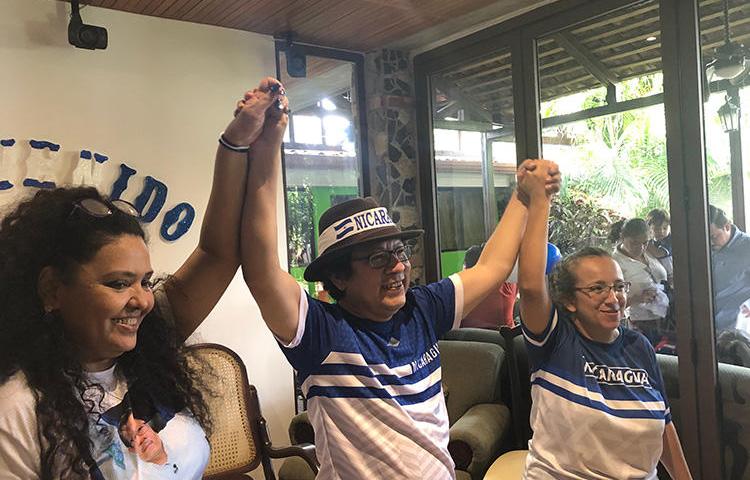
Locked in ‘small graves’: Nicaraguan journalists Mora and Pineda describe their ordeal
Miguel Mora and Lucía Pineda were arrested on December 21, 2018, in the Managua newsroom of 100% Noticias and spent 172 days in prison facing charges of “inciting violence and hate” and “promoting terrorism.” The two journalists spoke to CPJ after their June 11 release. They will receive CPJ’s 2019 International Press Freedom Award in…

